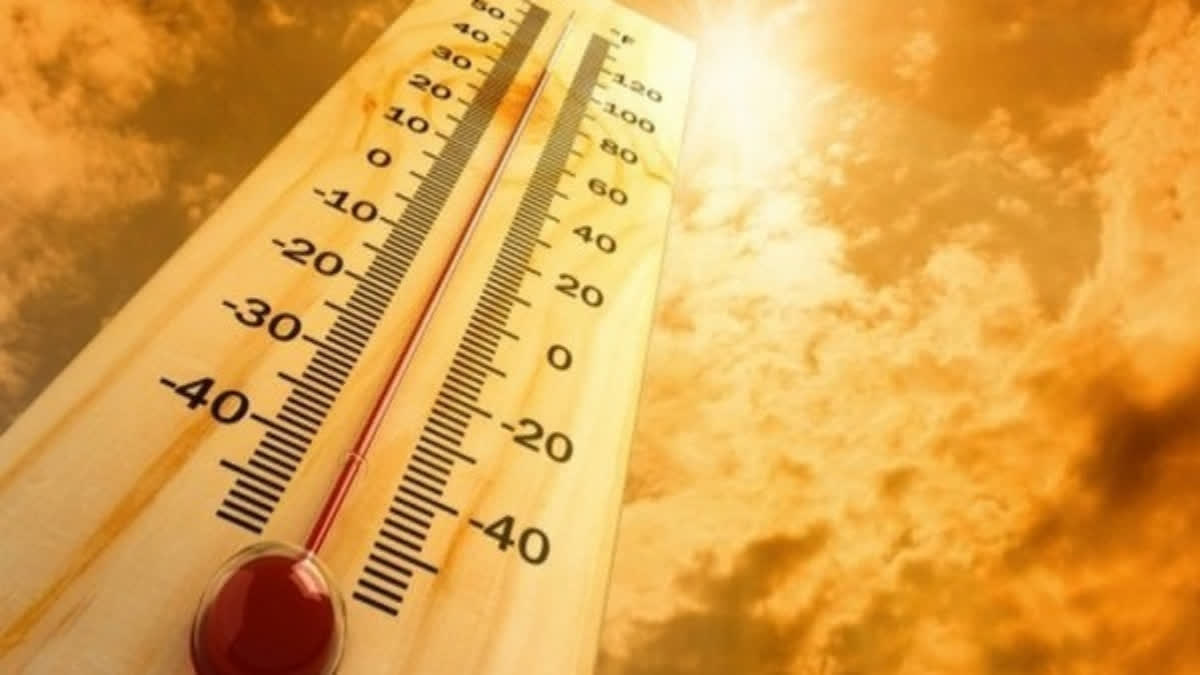Phoenix (Arizona): A blistering heatwave has descended upon Southwestern regions of the United States (US) where residents are accustomed to scorching summers are feeling the grip of an extreme heat wave smacking Arizona, Nevada, New Mexico and Southern California this week with 100-degree-plus temps and excessive heat warnings.
With the mercury level soaring well above the norm, the region has been left high and dry with no monsoon activity, which can help offset the blazing temperatures. In Arizona, the monsoon season officially begins on June 15 and can bring powerful storms with high winds, lightning and heavy bursts of rain.
The persistent heatwave has persisted for several consecutive days, leaving little respite for residents of Phoenix to feel like living in a ghost town as Sunset concerts were cancelled, and covered restaurant patios equipped with cooling misters sit empty. Every summer, libraries, churches and other facilities in Phoenix serve as cooling centres or hydration stations for those who need refuge.
Martin Brown, a homeless guy and his black Labrador, Sammy, explained that they escaped the heat in Phoenix by going to the lobby of Circle the City, an air-conditioned walk-in health clinic for homeless people that is also a designated hydration station. Where anyone can come in to sit, get bottled water, and find snacks like a burrito or ramen, he said. He spends five days a week at the centre during business hours to escape the "jungle hot" time of day outside. He then takes the bus back to the park at night he added.
Also read:Europe's hottest summers
The impact of heat waves extends beyond individual comfort, affecting critical infrastructures as well. Phoenix has taken various actions to limit risks for heat-related illness. In 2016, officials voted to ban hiking with dogs on trails when the temperature exceeds 100°F(38°C). City park rangers oversee enforcement and citations for violations, said Adam Waltz, a city spokesperson.
